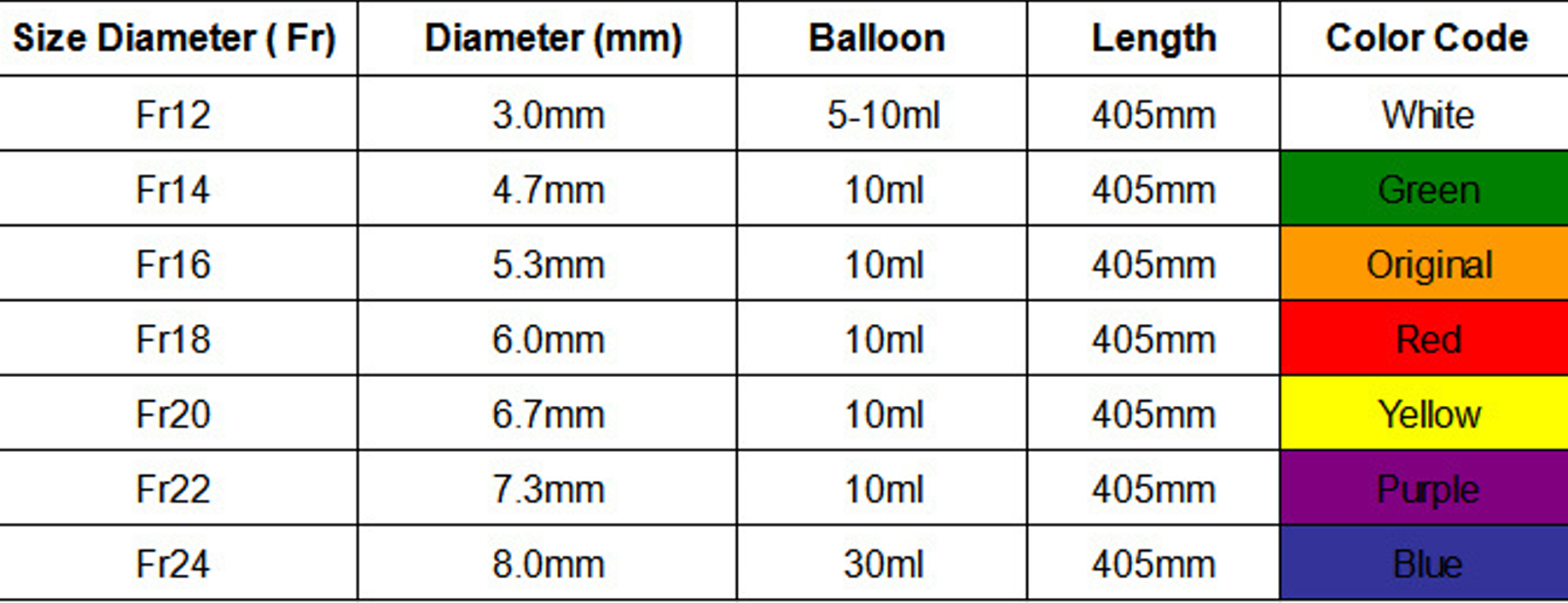LEOPOLD’S MANUEVER
LEOPOLD’S MANUEVER - systematic method of observation and palpation to determine fetal presentation and position
First Maneuver - fetal presentation
Second Maneuver - fetal back
Third Maneuver - Engagement
Fourth Maneuver - fetal attitude
FETAL SIZE Fetal head
FETAL ATTITUDE
Normally Fully Flexed Chin on chest Rounded back Flexed arms and legs
FETAL LIE
Longitudinal-fetus' long axis is in line with the mother's uterus with its head down
Transverse- refers to a fetal presentation in which the fetal longitudinal axis lies perpendicular to the long axis of the uterus.
Oblique
FETAL PRESENTATION
Cephalic Breech Shoulder
complete breech presentation — with both hips and both knees flexed. In an incomplete breech, one or both hips are not flexed and one or both feet or knees lie below the buttocks. In either presentation, you might feel kicking in your lower abdomen
Frank breech presentation - with both hips flexed and both knees extended and the feet close to the head. The frank breech presentation is the most common type of breech presentation.
transverse lie — positioned horizontally across the uterus, rather than vertically.
Diagonal conjugate The distance between the anterior surface of the sacral prominence and the anterior surface of the inferior margin of the symphysis pubis If the measurement obtained is more than 5” or 12.5cm, the pelvic inlet is considered adequate for childbirth
True conjugate or conjugate vera The measurement between the anterior surface of the sacral prominence and the posterior surface of the inferior margin of the symphysis pubis The usual depth of the symphysis pubis ½ “ – ¾ “ or 1 2cm is subtracted from the diagonal conjugate measurement The distance remaining is the true conjugate or actual dm of the pelvic inlet through which the fetal must pass The average true conjugate dm 4”- 4 ¼ “ (10-11cm)
Obstetric Conjugate - Distance between midpoint of inner surface of symphysis pubis to midpoint of sacral promontory
Ischial tuberosity - The transverse dm of the pelvic outlet This measurement is made at the medial and lowermost aspect of the ischial tuberosities, at the level of the anus A diameter of 10.5cm or 4 ¼” is considered adequate for passage of the fetal head through the outlet
CATHETERIZATION -Is the introduction of a catheter through the urethra into the urinary bladder. -Usually performed when necessary; and should be done aseptically. -Allows the patient to drain urine freely from the urinary bladder for collection.
ALTERATIONS OF URINARY ELIMINATION:
Urinary frequency- the need to urinate many times during the day
• Nocturia - is a condition in which you wake up during the night because you have to urinate •
Dysuria- painful urination
• Enuresis- involuntary passage of urine
Urinary incontinence- loss of bladder control.
• Urinary retention- a condition where the bladder doesn't empty all the way or at all when a person urinate.
• Neurogenic bladder- is α condition in which problems with the nervous system affect the bladder and urination.
Polyuria- Abnormally large amount of urine output. •
Oliguria- Low urine output <500m/day or 30ml/hr
• Anuria - Lack of urine output
Micturition or Urination • is the process of emptying urine from the storage organ, namely, the urinary bladder. • The bladder normally accommodates up to 300 - 400 ml in adults. • The process of emptying the urine into the urethra is regulated by nervous signals, both from the somatic and the autonomic nervous system.
The bladder has two states of function; the storage and emptying phases. The filling phase is characterized by voluntary contraction of the external urethral sphincter, with sympathetic contraction of the inner urethral sphincter. The sympathetic nervous system also enables the detrusor to distend without reflex contractions, unlike that which happens in most voluntary muscles. Urethral reflexes, called ‘the guarding reflex,’ also play a part in inhibiting involuntary bladder emptying during this process. The afferents are all conveyed through the pelvic nerves to initiate a spinal reflex.
URINARY CATHETERS • Made of plastic or rubbers or latex, silicone, polyvinylchloride • The larger the number, the larger the lumen.

STRAIGHT CATHETER -a single lumen tube with a small eye or opening about 1½ cm from the insertion tip
RETENTION CATH OR FOLEY CATH -double lumen cath. Used to inflate a balloon
THREE-WAY FOLEY CATH -used for patient who require continuous bladder irrigation
estimated length of the catheterizing periods
Use plastic cath for short period only
Use a rubber or silastic cath for periods of 2-3 weeks
Use silicone cath for long-term use Use PVC cath for 4-6 weeks
appropriate catheter length by the client’s gender and by the size of the urethral canal
🞭 Adult female – 22cm or #14 - #16
🞭 Adult male – 40cm or #18
🞭 Children - #8 - #10
Catheters are sized in units called FRENCH, where one French equal 1/3 of 1 mm. Catheters vary from 12 (small) FR to 48 (large) FR (3-16mm) in size.
retrograde urethrography (injecting 20 cc of contrast into the urethra)